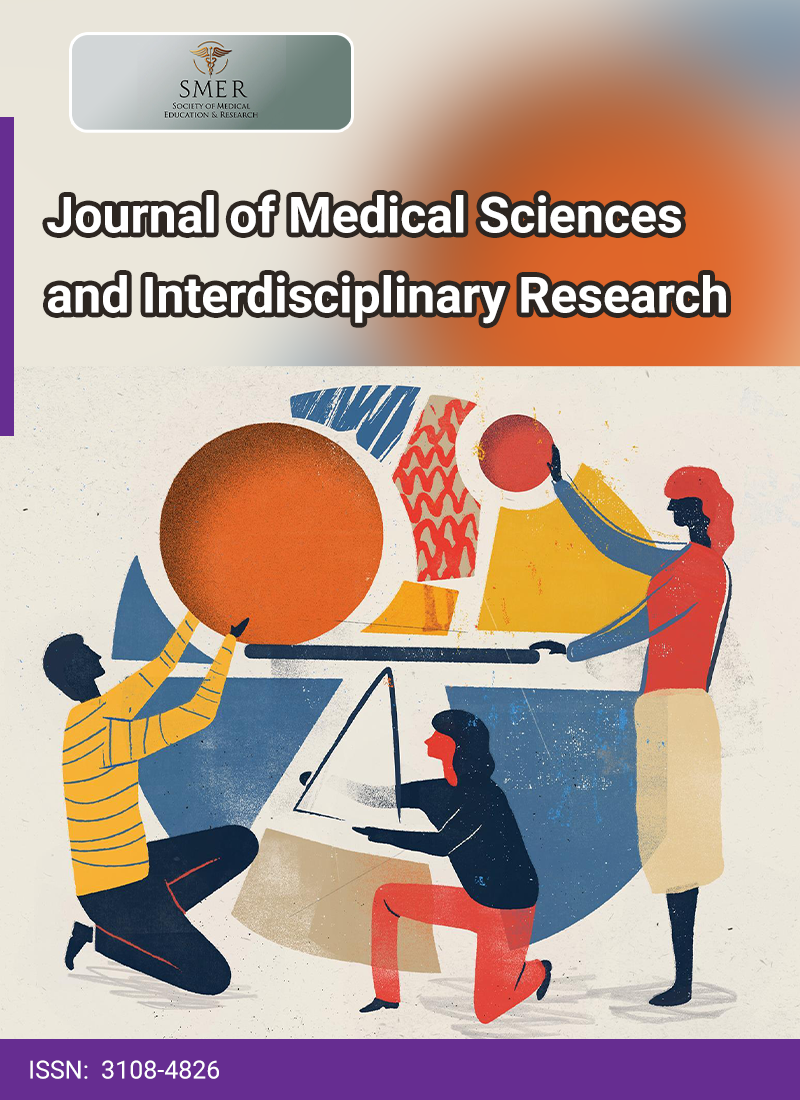
The available data on previous distant learning models and interactive methods in the field of “Pharmacy,” detailing their features, pros, and cons, are limited. This study aims to examine the components of different educational methods used at the Far Eastern State Medical University. A survey was conducted among 267 students enrolled in the “Pharmacy” program at the Faculty of Pharmacy and Biomedicine (higher education) and the Medico-Pharmaceutical College (secondary education). Key advantages of traditional methods include easy access to information (2.6), teacher's control over students (2.51), and objective assessments (2.52). Interactive methods were noted for the objectivity of teacher evaluations, opportunities for creativity (2.31), and thematic focus (2.27). Distance learning methods excelled in the objectivity of assessments (2.35), convenience, and information accessibility (2.33). The high ratings for traditional methods probably stem from their simplicity and accessibility. The value of interactive methods was often underestimated, possibly due to the demand for consistent training and application of knowledge in practical situations. The main strengths of distance learning technologies are convenience, availability of information, and objectivity of assessment, thanks to computerized testing. A balanced combination of all methods is essential for fostering convenience and creativity in communication.